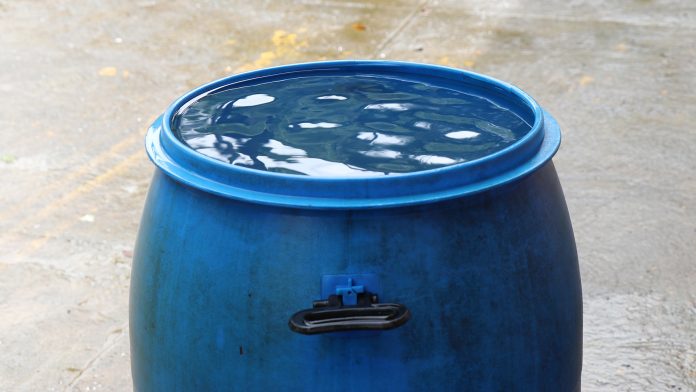Using machine learning models, researchers have discovered that Artificial Intelligence (AI) can be used to ensure sufficient ‘free residual chlorine’ in drinking water. Chlorine’s presence in the water we drink helps to destroy bacteria and viruses responsible for infectious disease outbreaks in refugee camps and settlements.
Machine learning uses AI based on historical data to develop software applications capable of forecasting outcomes. The researchers say this will help predict whether enough chlorine will remain in stored water to keep it drinkable.
According to the US Centers for Disease Control and Prevention (CDC), the amount of free-residual chlorine available to kill germs is a measure of how safe water is to drink. A free chlorine level of 0.5 milligrams per litre is enough to maintain the quality of water through piped distribution networks, but insufficient to maintain the quality of water stored in a bucket for more than 24 hours.
Chiranjib Chakraborty, professor at the School of Life Science and Biotechnology at Adamas University, commented: “It is recommended that drinking water has at least 0.2 milligrams per litre of free residual chlorine over the post-distribution phase as per the global quality guidelines.
“This model will help to correctly estimate and predict point-of-consumption free residual chlorine to kill pathogens.”
Michael De Santi, a researcher affiliated with York University’s Lassonde School of Engineering in Canada, said: “Our tool uses machine learning to predict chlorine decay in refugee or internally displaced people (IDP) settlements after water leaves the distribution system.”
Preventing contaminated water
When developing their machine learning models, researchers discovered that people in refugee settlements do not receive piped drinking water. Instead, they depend on water drawn from public taps and water stored in containers.
Processes such as these increase the possibility of water becoming re-contaminated, leading to outbreaks of disease such as cholera, shigella infection and hepatitis E in refugee camps and settlements.
“To prevent outbreaks in refugee and IDP settlements, drinking water needs to be protected against pathogenic recontamination until the end of the household storage period, when the final cup is consumed,” the researchers explained.
Deploying AI machine learning models in settlement camps
The team monitored data of standard water quality across two refugee settlements in Bangladesh and Tanzania. In Bangladesh, 2,130 water samples were collected over a number of months, and machine learning models were applied to forecast the probability of adequate chlorine in the water.
Water system operators deployed an artificial neural network, which is a computational model resembling the work of nerve cells in the brain. They also deployed forecasting systems to determine factors such as temperature, water quality and the condition of water pipes in the camps.
Machine learning models rely on ‘probabilistic forecasting’, meaning the model is capable of predicting the full range of likely chlorine concentrations and their associated probabilities. The team explained that providing a probability is better than a single value, because it helps water system operators select an optimised chlorination strategy.









